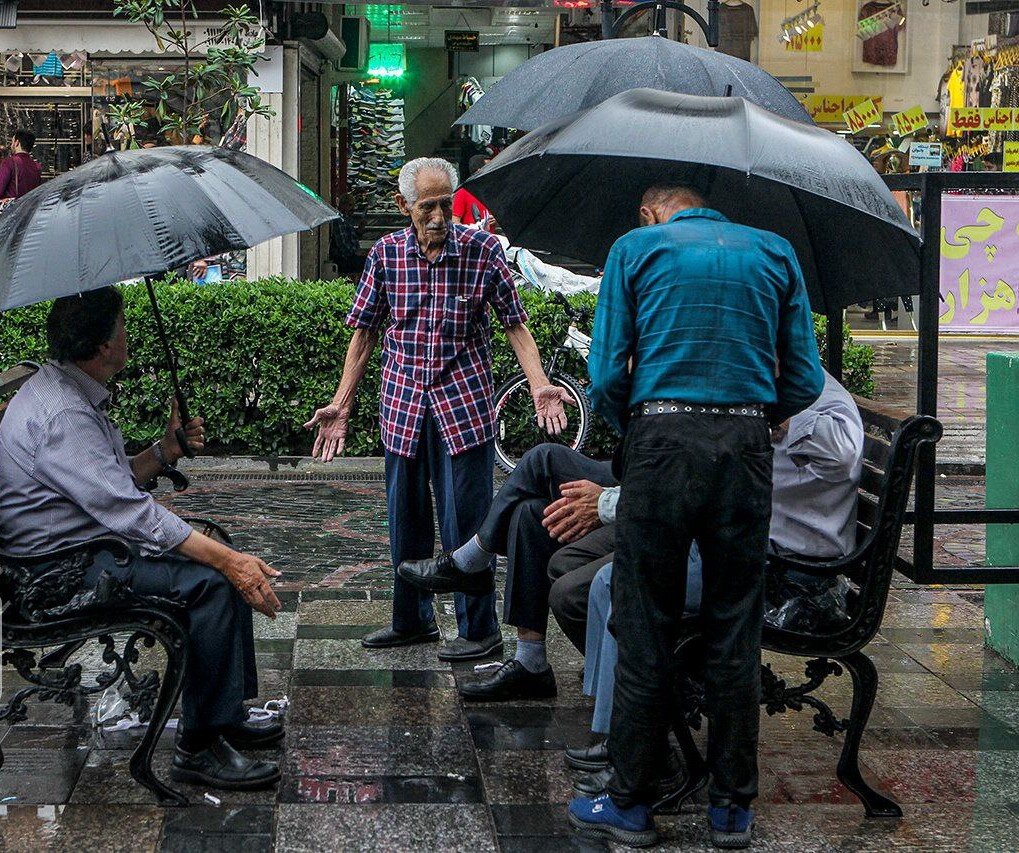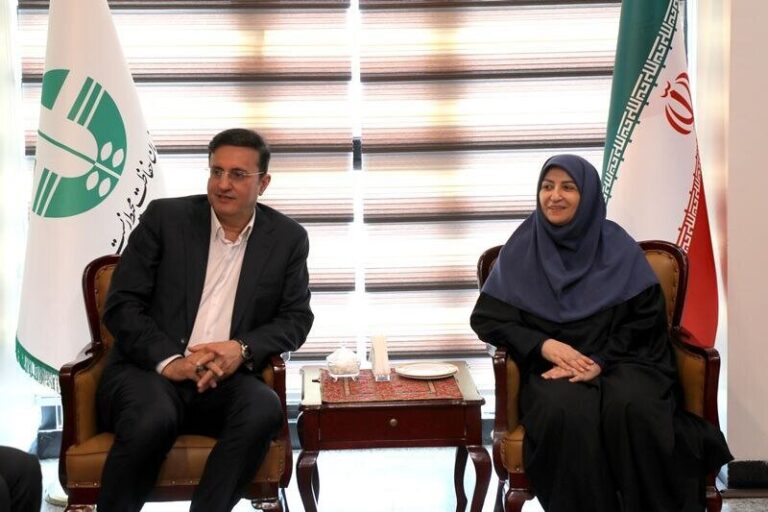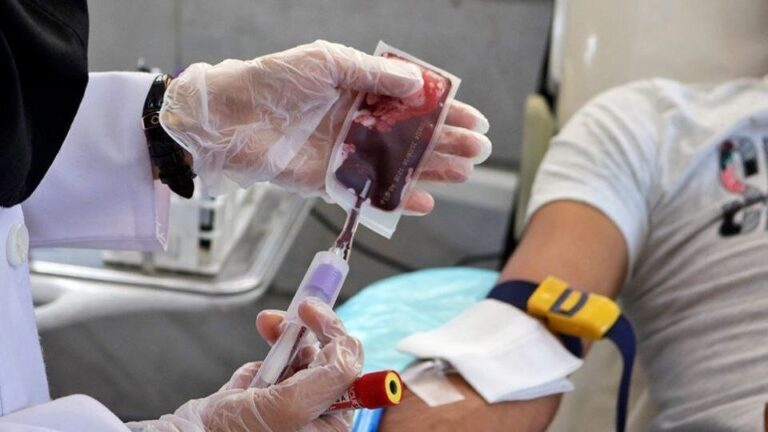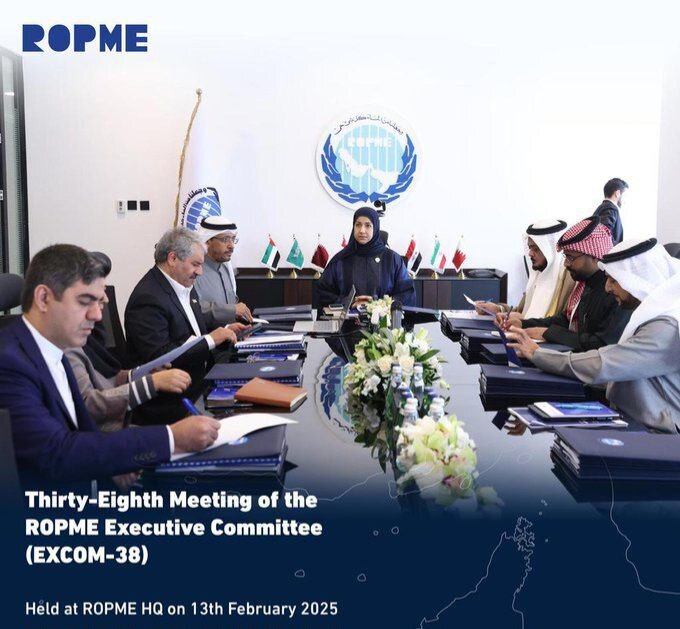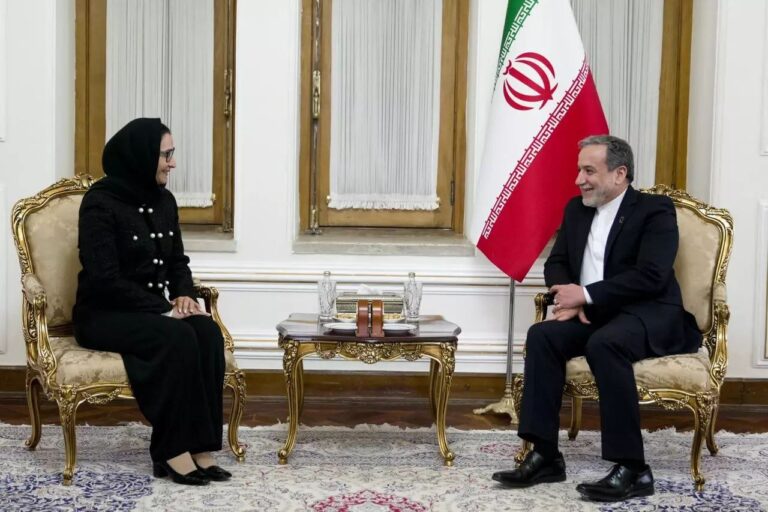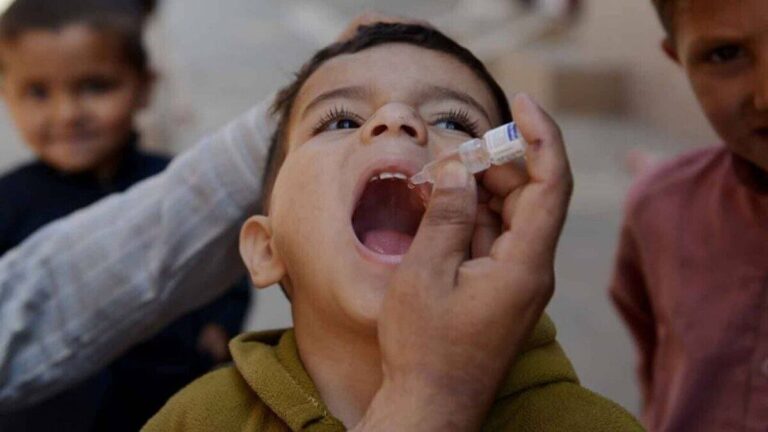Transforming Lives: Welfare Organization Unveils Innovative Plan to Enhance Elderly Quality of Life
The Welfare Organization in Iran is set to launch an innovative forty-day training program for seniors aimed at enhancing their quality of life. This comprehensive initiative will encompass a wide range of educational subjects designed to engage and empower older adults, ultimately fostering better health and well-being.
According to Ahmad Delbari, an official with the Welfare Organization, the program will cover 240 different educational topics, including:
- Health and wellness
- Life skills development
- Arts and crafts
- Communication skills
- Digital literacy and entrepreneurship
- Music and sports
- Games and leisure activities
This pilot program will be conducted in Tehran, where participants can register for the forty-day course, which will be spread out over a three-month period. Delbari explained that participants will be divided into two groups, attending sessions on either odd or even days to manage the program effectively.
The daily schedule will include:
- 15 minutes of physical workout
- 45 minutes of specialized training
- 90 minutes of recreational programs
Each participant will receive tailored training that focuses on essential self-care practices aimed at improving their overall quality of life. Delbari also mentioned that some short-term educational programs would be available online through designated websites introduced by the centers.
The Inevitable Aging Transition in Iran
Iran is facing a demographic shift as the country transitions to an aging population. The fertility rate currently stands at approximately 1.6 children per woman, significantly below the replacement level necessary to sustain the population. This decline indicates that the shift from a young to a middle-aged society is unavoidable.
Historically, the first five-year national development plan (1989-1993) aimed to reduce the total fertility rate from 6.4 to 4 children per woman by the year 2011. This plan also sought to decrease the population growth rate from 3.2 to 2.3 percent. However, according to Mohammad-Javad Mahmoudi from the National Institute for Population Research, the outcomes exceeded initial expectations, resulting in a dramatic decline in both the fertility and population growth rates.
Recent census data from 2011 and 2016 revealed a significant deviation from the original goals set in the first development plan. The population growth rates reported were:
- 2011: 1.29 percent
- 2016: 1.24 percent
- 2023: 0.7 percent (past Iranian year)
Currently, the population of elderly citizens is increasing at a rate of 3.62 percent, which is five times faster than the overall population growth rate of 1.24 percent. In the Iranian year 1385 (2006-2007), there were approximately 5,121,043 individuals aged above 60. By 2015, it was reported that 10 percent of the population was over 60 years old, according to ISNA.
Looking ahead, projections indicate that by 2050, the population aged 60 and older will constitute 32 percent of the total population, meaning that the elderly could make up one-third of Iran’s population. Currently, individuals aged over 60 account for about 11.5 percent of the population, with women representing 52.3 percent of this demographic, outnumbering men at 47.7 percent, as reported by Saber Jabbari from the health ministry.
This upcoming training program is a significant step towards addressing the challenges faced by Iran’s aging population, providing them with essential skills and knowledge to lead fulfilling lives.
